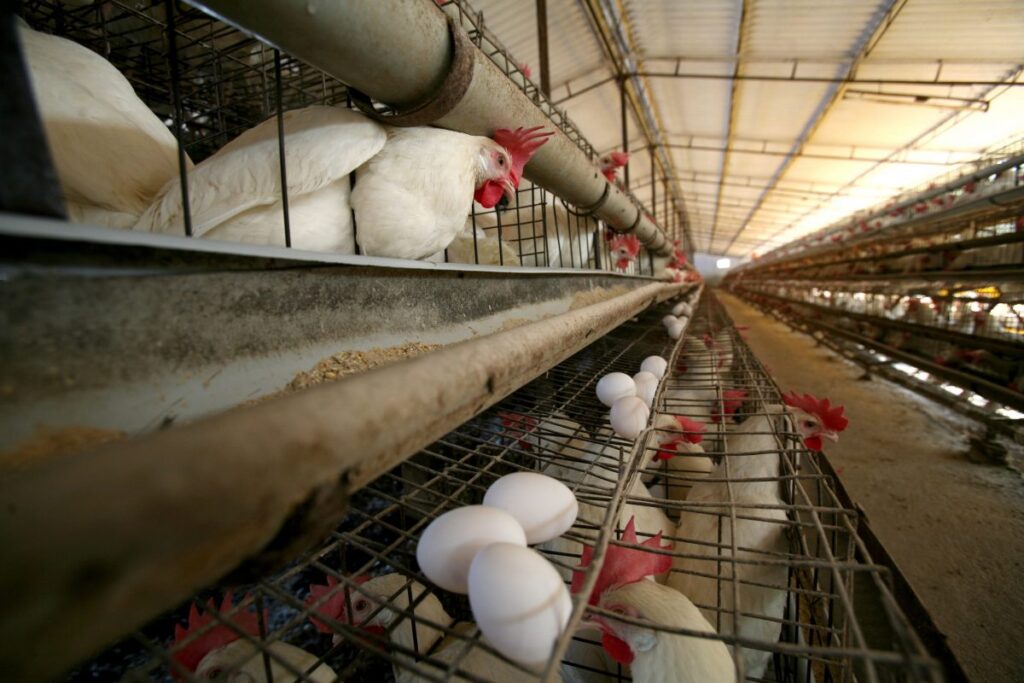
Detection of the bird flu strains H5N1 and H5N8 amongst several states has resulted in India culling tens of thousands of poultry birds.
The outbreak which officials detected over a week ago is reported to have several epicentres across states including Kerala, Tamil Nadu and Madhya Pradesh. At least six Indian states which identified the outbreak have since sounded alert and are moving to contain the spread of the disease which contains two strains of bird flu.
After reports of tens of thousands of birds being infected and identification of the disease was found at farms and in migratory birds, state officials are planning to cull nearly 40,000 birds in response. In addition, the Alappuzha district collector has banned the use and trade of meat, eggs of ducks, and chicken in the nearby region to try to suppress any possible spread.
To better understand where cases exist, the Ministry of Environment, Forest and Climate Change has requested that states report cases of wildlife mortality. Instructions to monitor the situation at a district-level and ensure random checks are made on poultry farm birds have also been issued, according to Madhya Pradesh politician Vishvas Sarang.
In addition to these responses, governmental sources have been quick to remind the public that the disease is unlikely to be spread via cooked meat as temperature rises kill the virus. A government statement said, “implementing management practices that incorporate biosecurity principles, personal hygiene, and cleaning and disinfection protocols, as well as cooking and processing standards, are effective means of controlling the spread of the AI [avian influenza] viruses.”
Despite the fact that generally, only those who come in direct contact with H5N1-affected birds have contracted this virus, as per the World Health Organisation (WHO), Uttarakhand Chief Minister Trivendra Singh Rawat warned that proper care was essential to prevent any bird-to-human transmission. He said, “bird flu can be transmitted to humans too, so the need of the hour is to be alert and careful. Prevention is the solution to every problem.”
The 2006 H5N1 bird flu outbreak
The swift response to the current outbreak is characteristic of a country that has had to deal with a number of bird flu outbreaks since the infamous H5N1 strain was found in 2006. Detection led to over a million birds being culled at the time during control operations.
Such an expedient response is essential given that many people in India live in close contact with poultry subsequently increasing the probability of animal to human transmission and the possible emergence of a pandemic. Following control operations, India has subsequently declared itself bird flu-free on several occasions, and this will likely occur should the current outbreak be suppressed in due course.
Understanding of bird flu transmission has been the subject of further study by research institutions since the 2006 H5N1 outbreak. Characterisation of the influenza genome alongside modelling of its spread gave rise to further understanding of modes of transmission.
It is now understood that the virus can be contained in droppings, contaminated soil, and also exist airborne. Surfaces can become contaminated and some evidence points to flies acting as mechanical vectors. These act as primary forms of former transmission with the latter occurring in the export and import of poultry products, alongside migratory bird travel over distance. Such knowledge reinforces the decision for district-level monitoring and checks which are being used to contain the current detection of the bird flu strains H5N1 and H5N8 amongst several states.
Alongside the public health risk, the 2006 outbreak resulted in losses of over INR 2200 crores for the Indian poultry industry. Following the outbreak, researchers forwarded the idea that compensation should be provided to farmers and the poultry industry. This ought to be, they said, on a flexible basis that takes into consideration several factors to allow it to act as an appropriate insurance mechanism. These factors include ‘flock size, family size of farmers, the proportion of income from poultry to total family income, level of nutritional security achieved from family poultry, and border status of the state.’ How compensation for the current culling – needed to prevent spread of the virus – will be provided is likely to be indicative of changes in response from previous outbreaks.
Methods of prevention
Methods of containment are also part of a wider strategy that encompasses vaccination. China’s nationwide bird vaccination program was implemented in September 2017 in response to an outbreak. It successfully worked with vaccinated chickens – seeing the H7N9 virus strain of bird flu drop 93.3 percent, and subsequently a decrease in cases in humans.
Researchers anticipate bird flu will continue to rear its head once or twice per decade. Understanding of past outbreaks – coupled with effective vaccination, methods of suppression, and surveillance and biosecurity – will help address outbreaks such as the current example across several of India’s states.

